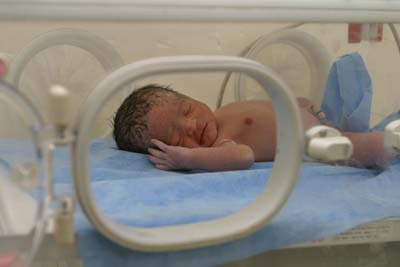Experts Agree Spacing Pregnancies is Ideal
Most experts agree that spacing your pregnancies apart by 18 to 23 months is ideal for both the safety of the pregnancy and the health of the mother. Waiting that long, however, is not an option for many women for myriad reasons. Studies have shown that between 19 and 25 percent of all live births were conceived within 12 months of a prior birth. Regardless if becoming pregnant quickly after giving birth is optional or not, there are certain issues that can arise when pregnancies are too close together.

1) Fetus Health
Pregnancies that are less than a year apart can result in the fetus having a very low birth weight, and they are more likely to be born premature. Studies have shown that women who conceive within six months of a prior pregnancy are 40 percent more likely to have a preterm birth.
It can be difficult for the mother’s body to produce enough nutrition for a growing fetus if the pregnancies are too close together. Poor fetal development can result from insufficient available nutrition.
2) Health of the Mother
As important to the health of the fetus is the mother’s health. There is increasing concern over the nutritional wellness of a mother if she conceives too quickly after a prior birth. Anemia and other nutritional deficiencies are more common in women with close births. Even though you may feel find a short time after giving birth, your body needs sufficient time to recuperate and restore essential nutrition; especially if you’re breastfeeding or you go back to work.
If there were difficulties during the first birth, or if the mother was overweight or had gestational diabetes, then the risks of complications are increased if she gets pregnant again quickly. It may be well worth it for the woman to work on improving her health before risking another high-risk pregnancy.